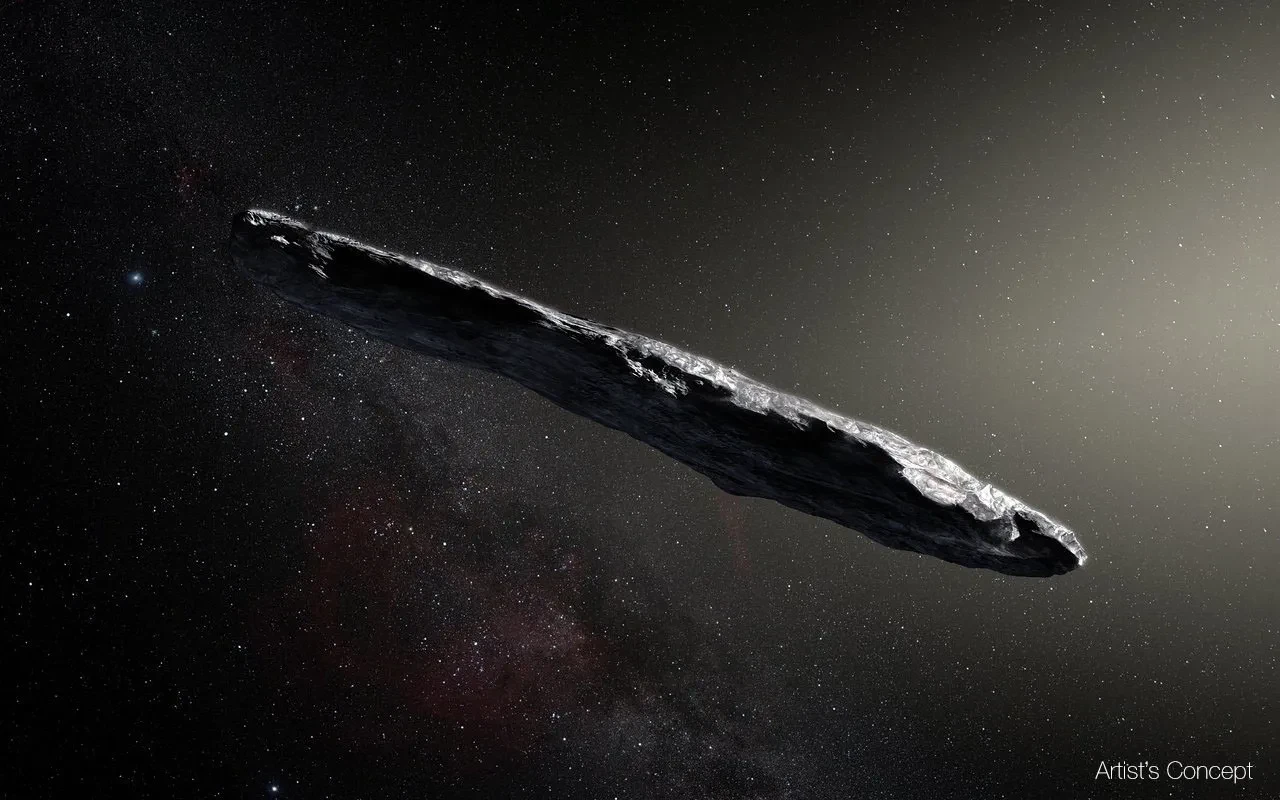Event JSON
{
"id": "ecbd85af663150820de6e12340132427ff49599a73269ab6994a6bf09a180fdf",
"pubkey": "f06c0d239b29f2884d1a345bd1e120125610976d968e6002bb324116b70fc39e",
"created_at": 1722449705,
"kind": 1,
"tags": [
[
"proxy",
"https://m.universetoday.com/@fraser/112882463888239508",
"web"
],
[
"imeta",
"url https://m.universetoday.com/system/media_attachments/files/112/882/463/879/034/897/original/ed59ca6a31931553.webp",
"m image/webp"
],
[
"proxy",
"https://m.universetoday.com/users/fraser/statuses/112882463888239508",
"activitypub"
],
[
"L",
"pink.momostr"
],
[
"l",
"pink.momostr.activitypub:https://m.universetoday.com/users/fraser/statuses/112882463888239508",
"pink.momostr"
],
[
"-"
]
],
"content": "In 2017, astronomers detected the first confirmed interstellar object in the Solar System: 'Oumuamua. Could life spread between stars in the Milky Way? In a new paper, researchers calculated that over 190,000 interstellar objects large enough to harbor life could have collided with the early Earth before life appeared. While panspermia might be unlikely for Earth specifically, the model suggests that 100,000 worlds could have life seeded by interstellar objects.\n\nhttps://arxiv.org/abs/2401.02390\nhttps://m.universetoday.com/system/media_attachments/files/112/882/463/879/034/897/original/ed59ca6a31931553.webp\n",
"sig": "c69bc2c528ce1ddc980cd7459c23632a75b25458e14b62fa56c00089f07a4a8f061d30c86c7dc001138fa70203bc32705d379981853ce28c011bc5591e449e8a"
}

